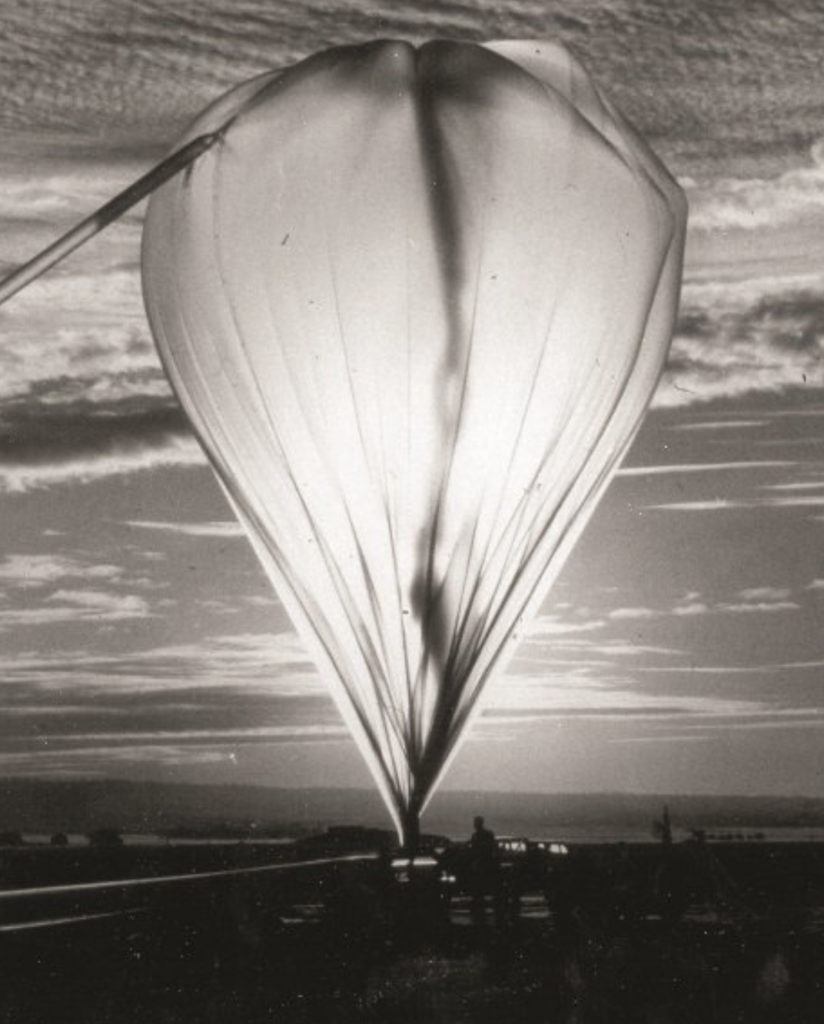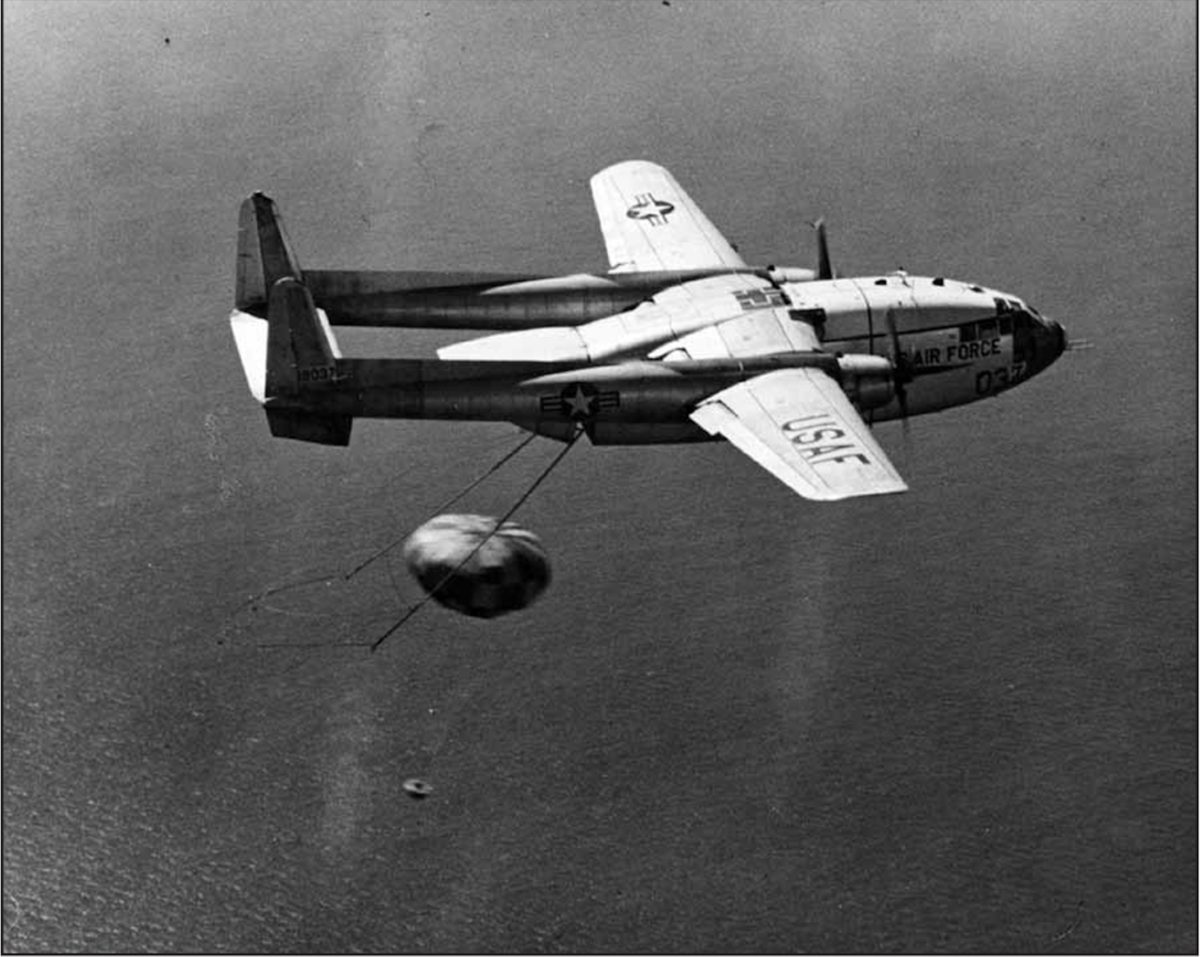On February 2, 2023, Pentagon officials revealed that a Chinese surveillance balloon had been drifting over parts of the United States, presumably to collect intelligence. “Once the balloon was detected, the U.S. government acted immediately to prevent against the collection of sensitive information,” said Pentagon spokesperson Brig. Gen. Patrick Ryder. In response, China said it “has no intention of infringing on any country’s territory and airspace.”
It’s not the first time that nations have used lighter-than-air devices to spy on adversaries. The United States tried it in the 1950s, with disappointing results.

One program went by various names, among them Grandson, Gopher and Genetrix. By any name it was a wild and crazy scheme—but maybe just crazy enough to work. Approved by President Dwight D. Eisenhower in December 1955 and run jointly by the Central Intelligence Agency, Air Force and Navy, the program sought to uncover secrets behind the Iron Curtain by sending hundreds of camera-equipped balloons floating across the Soviet Union.
The polyethylene balloons, constructed by a division of the General Mills company, were designed to float at up to 85,000 feet and carried cameras in gondolas the size of refrigerators. The gondolas rotated to give the cameras maximum coverage during missions that could last up to two weeks.
The first nine balloons were launched from Turkey and West Germany on January 10, 1956, and took advantage of prevailing winds to float eastward across the Soviet Union and out over the Pacific Ocean. Hundreds more followed. The idea was that once these helium-filled spies had floated out of Soviet airspace, crewmembers of specially equipped Fairchild C-119 Flying Boxcars would zero in on their homing signals and snag the gondolas in mid-air—the same kind of recovery technique later used to retrieve payloads from the first Corona spy satellites.
C-119s did recover a few gondolas, but not many. One source says only 45 out of 516, with only 32 of them producing usable photographs. The Soviet Union was predictably outraged by the violation of its airspace. The Russians put gondolas they had recovered on display in Moscow and sent angry diplomatic notes to the United States. The U.S. merely claimed that the intruders were innocent weather balloons—much as it later claimed the U-2 spy plane was conducting weather research.
Project Genetrix had limited success, with Eisenhower deciding that “the balloons gave more legitimate grounds for irritation than could be matched by the good obtained by them.” One Genetrix balloon did contribute to the U.S. intelligence effort, though. The images it obtained showed construction of a mysterious facility in Siberia near Dodonovo. Analysts realized the complex was a factory for nuclear refining.
The Air Force tried a similar eyes-in-the-skies effort in 1958 with an improved balloon called the WS-461L. Launched from an aircraft carrier in the Bering Sea, the balloons floated up to 110,000 feet to take advantage of a seasonal reversal of the jet stream and float west across the Soviet Union. The gondolas were set to jettison automatically from the balloon after 400 hours in the air, but no one thought to reset the timers after the launches were delayed. That meant the gondolas plunged to earth while still over the Eastern Bloc. The Soviets were not happy; neither was Eisenhower.






